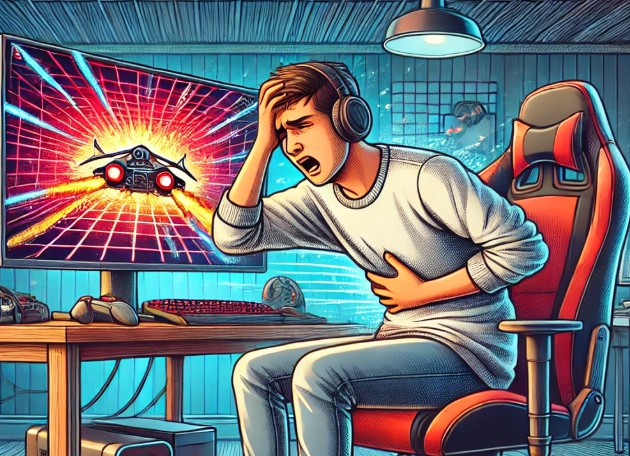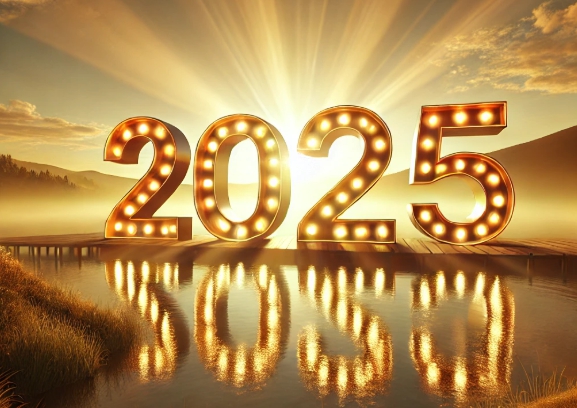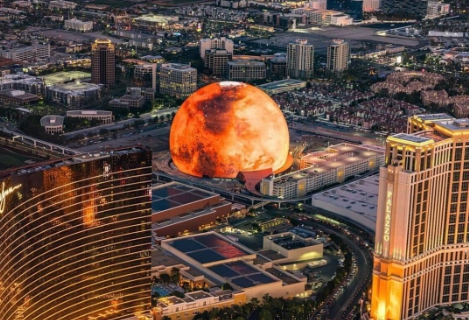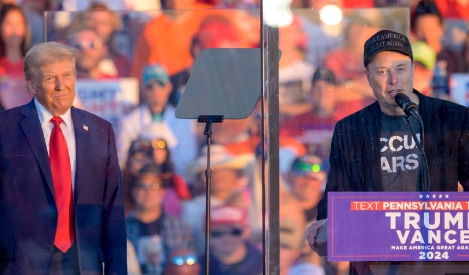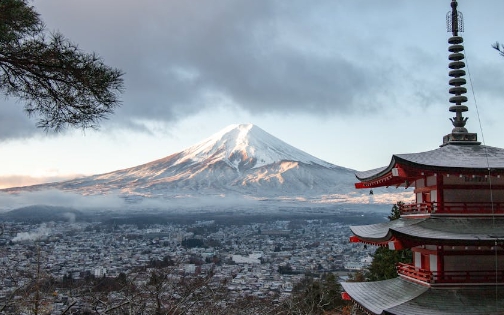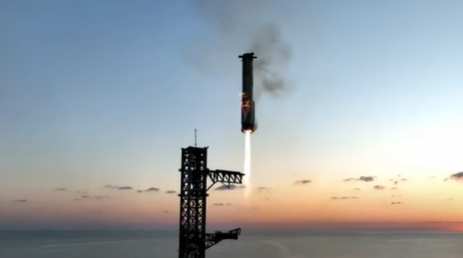India election
Here is a look at how the world’s most populous country votes in the world’s largest democracy.
세계 최대의 민주주의 국가에서 세계에서 가장 인구가 많은 국가가 어떻게 투표하는지 살펴보겠습니다.
Home to more than 1.4 billion people, about 969 million are eligible to cast their vote in the upcoming election — more than the populations of North America and the European Union combined.
14억 명이 넘는 인구가 거주하고 있으며, 북미와 유럽연합의 인구를 합친 것보다 많은 약 9억 6,900만 명이 다가오는 선거에서 투표할 자격이 있습니다.
This means about 12% of the world’s population will head to the polls, motivated by a range of issues from unemployment and welfare benefits to infrastructure and upholding democracy. The number of women registered to vote has increased by 40 million since the previous election in 2019, according to the election commission, while more than 20 million voters between ages 18-29 have been added to the electorate.
이는 세계 인구의 약 12%가 실업과 복지 혜택, 인프라, 민주주의 유지에 이르기까지 다양한 문제에 관심을 갖고 투표에 참여하게 된다는 것을 의미합니다. 선거관리위원회에 따르면 유권자로 등록된 여성의 수는 지난 2019년 선거 이후 4천만 명이 늘었고, 18~29세 유권자도 2천만 명 이상 추가되었습니다.
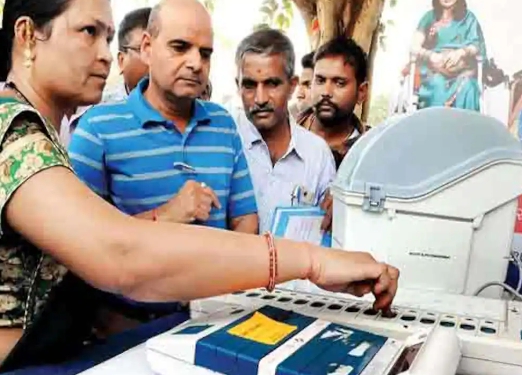
Elections are being held for 543 seats of the Lok Sabha, the lower house of Parliament, whose full term is five years, with citizens 18 years old and above eligible to vote.
18세 이상의 시민이 투표할 수 있는 하원인 Lok Sabha의 임기 5년인 543석에 대한 선거가 진행됩니다.
In India's first-past-the-post electoral system, the candidate with the most votes wins. Voters do not directly elect a prime minister, with members of Parliament deciding on who should fill that position. Usually the leader of the party or coalition that holds the majority of seats in the Lok Sabha is elected as prime minister and then appointed by the president.
인도의 선거 시스템에서는 가장 많은 표를 얻은 후보가 당선됩니다. 유권자들은 총리를 직접 선출하지 않으며, 국회의원이 총리직을 수행할 사람을 결정합니다.. 일반적으로 Lok Sabha에서 과반 의석을 차지하는 정당이나 연합의 지도자가 총리로 선출된 후 대통령이 임명합니다.
The party that wins a majority will appoint one of its winning candidates as prime minister and form a ruling government.
Voting begins on Friday, April 19, and will continue through June 1, with results announced on June 4.
과반을 얻은 정당은 승리한 후보 중 한 명을 총리로 임명하고 여당 정부를 구성하게 됩니다.
투표는 4월 19일 금요일에 시작되어 6월 1일까지 계속되며 결과는 6월 4일에 발표됩니다.
Some states only have one day to vote, while the country’s most populous state in the north, Uttar Pradesh, and the eastern states of Bihar and West Bengal with an estimated combined population of 475 million, will vote across a span of seven days.
일부 주에서는 하루만 투표할 수 있지만, 북부에서 가장 인구가 많은 주인 우타르프라데시와 동부의 비하르 주, 서벵골 주(추정 총 인구 4억 7,500만 명)는 7일에 걸쳐 투표를 진행합니다.
The seven-phase general election runs from April 19 to June 1, with over 1 million polling stations set up and 15 million employees of federal and state governments conducting the nationwide polls in what is being seen as the biggest peacetime logistical exercise anywhere in the world. The gigantic exercise also involves 400,000 vehicles.
4월 19일부터 6월 1일까지 7단계로 진행되는 이번 총선은 100만 개가 넘는 투표소가 설치되고 연방 및 주 정부 직원 1,500만 명이 전국적으로 투표를 실시하는 등 전 세계 어디에서나 가장 큰 평시 수송 행사로 간주됩니다. 이 거대한 행사에는 40만 대의 차량도 동원됩니다.
Poll officials cover the length and breadth of the country, sometimes using helicopters, boats, mules and even elephants to reach remote areas. Security forces are also being deployed to ensure violence-free polls and to help transport election officials and voting machines securely.
투표 관리자들은 헬리콥터, 보트, 노새, 심지어 코끼리를 이용해 외딴 지역까지 이동하며 전국을 누비고 있습니다. 폭력 없는 투표를 보장하고 선거 관리자와 투표 기계의 안전한 수송을 돕기 위해 보안 인력도 배치되고 있습니다.
From the high peaks of the Himalayas to the remote forests in India’s central states, votes will be cast electronically across more than one million polling stations in the country — a 1.2% increase in the number of stations from the previous election in 2019.
히말라야의 높은 산봉우리부터 인도 중부의 외딴 숲까지, 투표는 전국 100만 개가 넘는 투표소에서 전자 방식으로 진행됩니다. 이는 2019년 이전 선거보다 투표소 수가 1.2% 증가한 수치입니다.
This operation requires some 15 million polling officials and security staff during the election, with some of these election workers traveling via road, boat, camel, train, and helicopters to reach India’s citizens.
선거 기간 동안 약 1,500만 명의 투표 관리자와 보안 요원이 필요하며, 이들 선거 요원 중 일부는 도로, 보트, 낙타, 기차, 헬리콥터를 통해 인도 시민에게 갑니다.
While the Election Commission has not revealed exactly how much it will cost to conduct the 2024 elections, an earlier study by New Delhi-based think tank Centre for Media Studies showed that more than 550 billion rupees ($6.6 billion now) was spent in the 2019 polls in India, almost double the 300 billion rupees in 2014.
선거관리위원회는 2024년 선거를 실시하는 데 비용이 얼마나 드는지 정확히 밝히지 않았지만, 뉴델리에 본사를 둔 싱크탱크 미디어 연구 센터의 이전 연구에 따르면 2019년에 5,500억 루피(현재 66억 달러) 이상이 지출된 것으로 나타났습니다.

